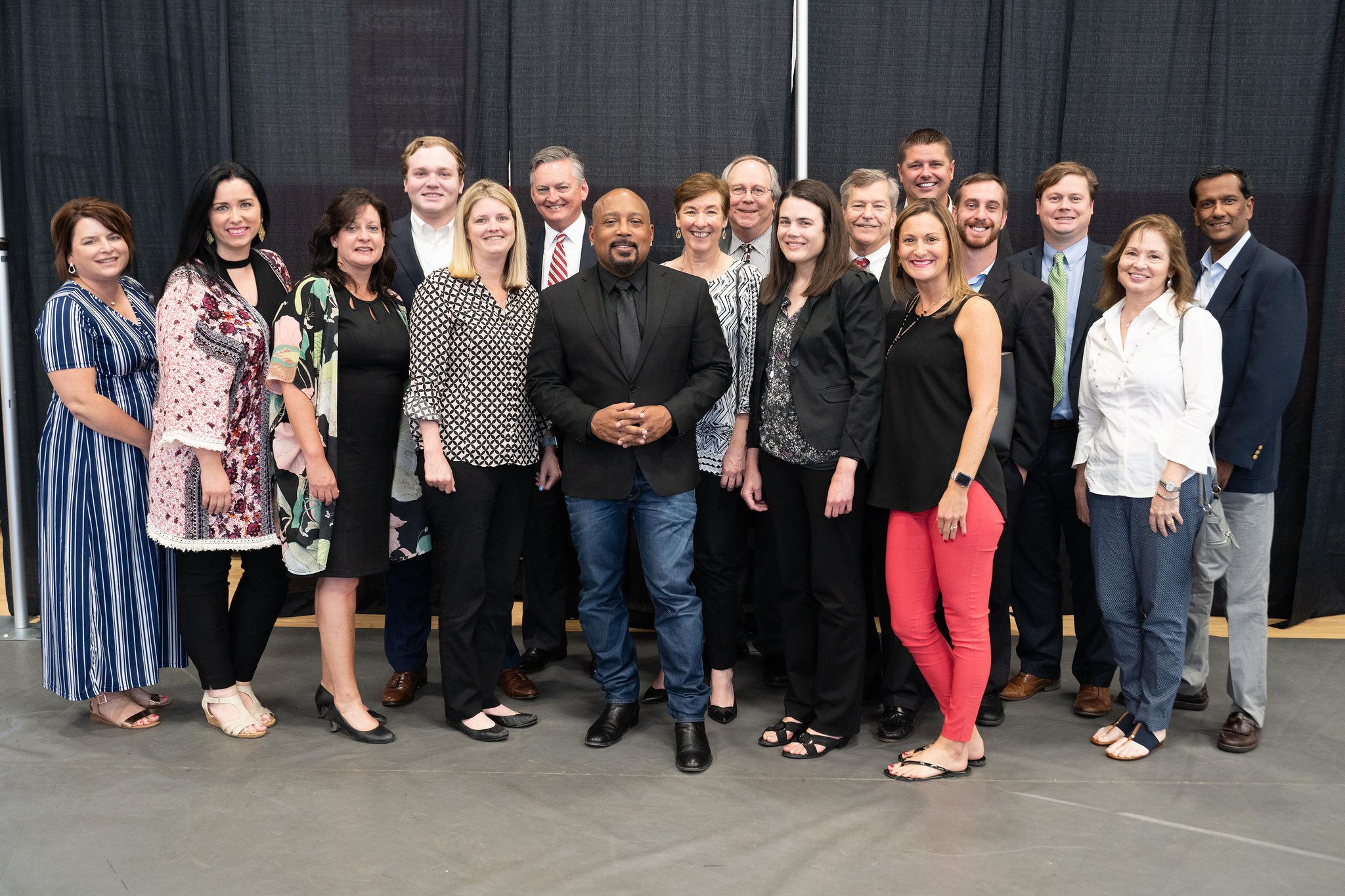Internships are an integral early step in many professional careers. Those who complete internships come away with experience and valuable connections within the industry in which they desire to work. Many employers seek job applicants with internship experience.
Amy Snyder, a former RBG intern and now full-time staff, weighed on the topic of internships below.
‚ÄúI chose RBG after attending Accelerate Leadership and learning more about the firm. During my internship, I¬†loved that I¬†got to see each section of an audit. As an intern, we also have a lot of interaction with staff of all levels. The culture at RBG was beyond my expectations.”
So what can interns do to get the maximum value out of their internship? Here are a few tips:
Build Relationships
Network as much as possible throughout your internship. From your fellow interns to members of upper management, from others on your team to co-workers in different roles, strive to build connections with everyone you encounter. And don’t neglect the connections you’ve made once your internship is over! Connect on LinkedIn or elsewhere and make a conscious effort to maintain your network even when you’re no longer with the organization.
Ask Questions
You’re there to learn, so make sure you make every effort to do so. Don’t worry about looking young or inexperienced—it’s no secret that you are both, and that’s why you’re an intern to begin with! Speak up whenever you need clarification—just be sure to listen to and remember the answers given.
Go Above and Beyond
Always be early. Do more than you’re asked to do. Complete every assignment to the best of your abilities, no matter how menial. Eagerly take on new challenges. Be flexible. Offer to stay late. Volunteer to take on new responsibilities. So much of what you get out of your internship is what you put into it, so strive for excellence in every way.
Create a Portfolio
As you progress through your internship, keep a detailed record of the work that you perform. This is useful for your personal reference as you prepare for a job interview and it’s a good source of material for your resume.
Be Prepared to Work Hard
Internships are no walk in the park—they are hard work. Recognizing this in advance and preparing yourself mentally to take on the coming challenges is integral to your success. Consider what you might be willing to back-burner in your life for the relatively short duration of your internship—social gatherings, vacations, etcetera—in order to get the most out of your experience.
Amy offers the following advice for other accounting students looking for tax season internships, ‚ÄúI regularly tell peers about my time at RBG and encourage them to apply because the firm puts such a heavy emphasis on training students entering the field. The firm is truly committed to growing and developing the accountants of the future.”
RBG offers internships throughout the year. If interested in an internship at RBG, please contact us.

